Innsbruck surprise
- Ganesh
- Nov 18, 2020
- 5 min read
Innsbruck is one of largest cities in Austria. This beautiful alpine destination, with its historical buildings, breathtaking scenery and snow-capped mountains, is a wonderful place to visit.

How I actually ended up in Innsbruck is a funny (and embarrassing) story. During the Balkan leg of my trip, I was checking my Instagram account and stumbled upon some stunning photos of an Austrian village, which had been posted by one of the friends I had made in Bulgaria. My inquiries and research made up my mind that I had to visit the place once I had explored Vienna. I forgot about it for a while as I was enjoying myself in Slovenia & Slovakia. While booking my train ticket to Austria, I suddenly remembered the place I had planned to visit after Vienna. For some reason, I recalled the name of the place as Innsbruck instead of Hallstatt (no connection whatsoever, as they are 250 kms apart!). I was so sure that I had got the place right that I did not even bother to check the messages I had exchanged with my friend & did not do any research about Innsbruck either. I took the train from Vienna and landed in Innsbruck early morning around 5am.
Only when I had checked in to the hostel and looked for the places to visit in Innsbruck did I realize that I had got the destination wrong - crazy but true! But, when I looked at the view of Alps from my balcony, I forgot everything about my stupid mistake and thanked my lucky stars that I had landed up in Innsbruck.

I was way too early for check-in (14:00) but the receptionist (bless his soul) took pity on me and gave me a room to freshen up. After having breakfast, I relaxed on the park bench (with this view, I could have stayed there for a long time) for a while before starting my exploration.
Innsbruck is visited by travellers during both winter and summer seasons. The location of Tyrol is such that its outdoors can be enjoyed all year round. During the winter months, skiers love the slopes of Alps while the same mountains in summer become the base for campers. The snow capped mountains and valleys are spread with a blanket of wildflowers as hikers and mountain bikers attempt to scale the mountains.
Innsbruck got its name because of the bridge over the Inn river. In the old days, it served as a transport link between the north & the south of Europe due to its location on the Brenner pass, which was the easiest route across the Alps. The revenues generated by serving as a transit station on this route enabled the city to flourish. The city became a centre of European politics and culture as Emperor Maximilian I also resided in Innsbruck in the 15th century.
During WWI, Allied planes flying out of Italy raided Innsbruck, causing casualties among the Austrian troops there. It was also annexed by Germany in 1938 and was bombed 22 times by the Allies in WWII, suffering heavy damage. Many buildings have been rebuilt after the wars.
At the heart of the old town is the The Golden Roof (Goldenes Dachl), which was created to commemorate the wedding of Emperor Maximilian I and his Italian wife. Its elaborate decoration attracts many photographers and visitors. Today, it is home to a museum.
The town centre is home to colourful and historical buildings, which is a delight to explore. There are numerous cafes and restaurants here catering to different tastes. Walking and venturing into the various nooks and corners is a pleasant experience, which took up most of my time on day 1.
Innsbruck's main shopping happens in Old Town where tourists are most interested in buying local handicrafts and souvenirs for their friends and family back home. Those in search of bargains should venture a little further; smaller shops are set up off the main streets. Be it homemade chocolates, traditional confectioneries, or locally fermented schnapps, every few steps there is a shop offering you tasty treats.
The Imperial Palace is one of the three most important cultural landmarks in Austria alongside the Hofburg castle and Schonbrunn Castle in Vienna. Built in Gothic style, the castle was once the seat of sovereigns.
The Stadtturm is a 15th century medieval tower situated in the old town which gives splendid views of the city's various landmarks and monuments along with the far-away Nordkette Mountains. In Innsbruck, the mountains form a constant backdrop, even when we are standing at the heart of the city.
The normal urban feel of a city is absent here and the main reason is its location in the lap of such imposing mountains. Innsbruck is more than just a city, more than the mountains and more than a simple holiday destination. It is an experience worth savouring. One can stay in the alpine countryside, in an idyllic village, in the city centre or at 2,000 metres above sea level - whatever one may choose, there are incredible benefits to be had!
The city centre kept me hooked for hours and even when I walked alongside the Inn river to take a breather, the stunning had me clicking photographs every few minutes. My visit coincided with the fall season and the autumn colors really lit up the surroundings.
The city is also home to the highest zoo in Europe, Alpenzoo which cares for animals typical to the Alps. The zoo has breeding programs intended to protect the endangered species and return them securely to their natural habitat. I was thinking whether it would be a good idea to check it out and see what kind of a program they are running. However, due to my policy of not visiting zoos (animals in captivity), I skipped the same.
The Bergisel Ski Jump, a ski jumping hill, is one of the important venues in the Ski Jumping World Cup, annually hosting competitions which are attended by passionate fans. It was also the venue for a couple of Winter Olympics. Historically, the hill has witnessed many battles against the French and Bavarian forces.

There is much to see and admire in Innsbruck and exploring the city took most of my time on day 1. As evening fell and the temperature dropped, I headed back to the warmth of my hostel to enjoy some much needed rest. I was all excited for day 2, when I would have an entire day to explore the Alps and head to the summit of Nodrkette (Jewel of the Alps) - more on that in my next post!




















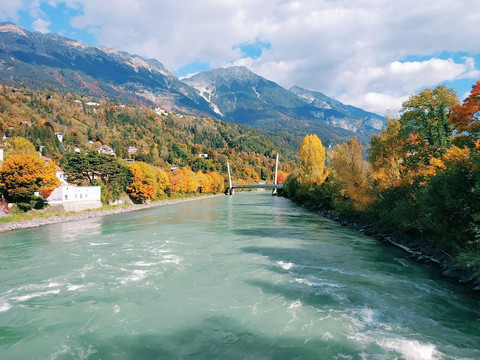
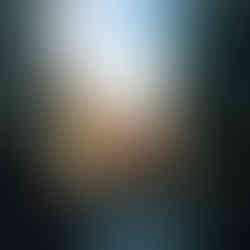



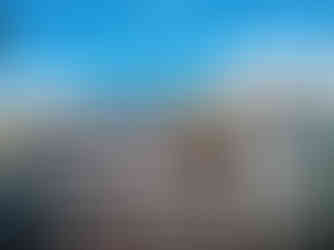















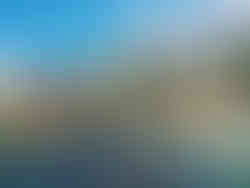












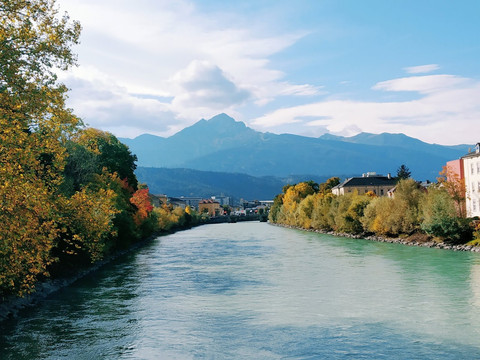


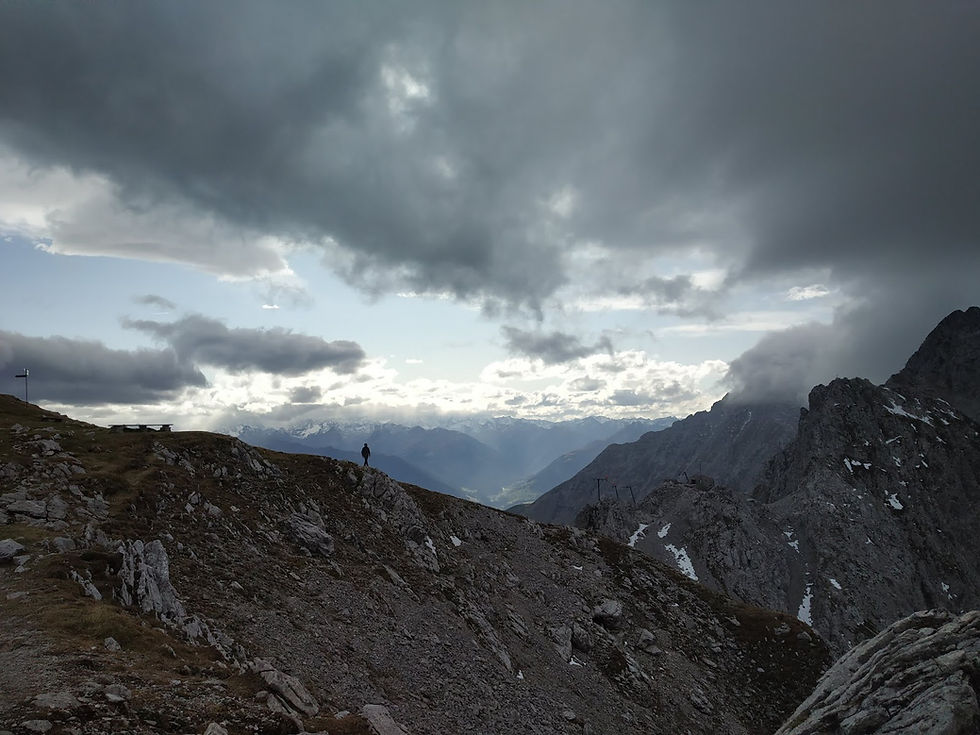
Comments